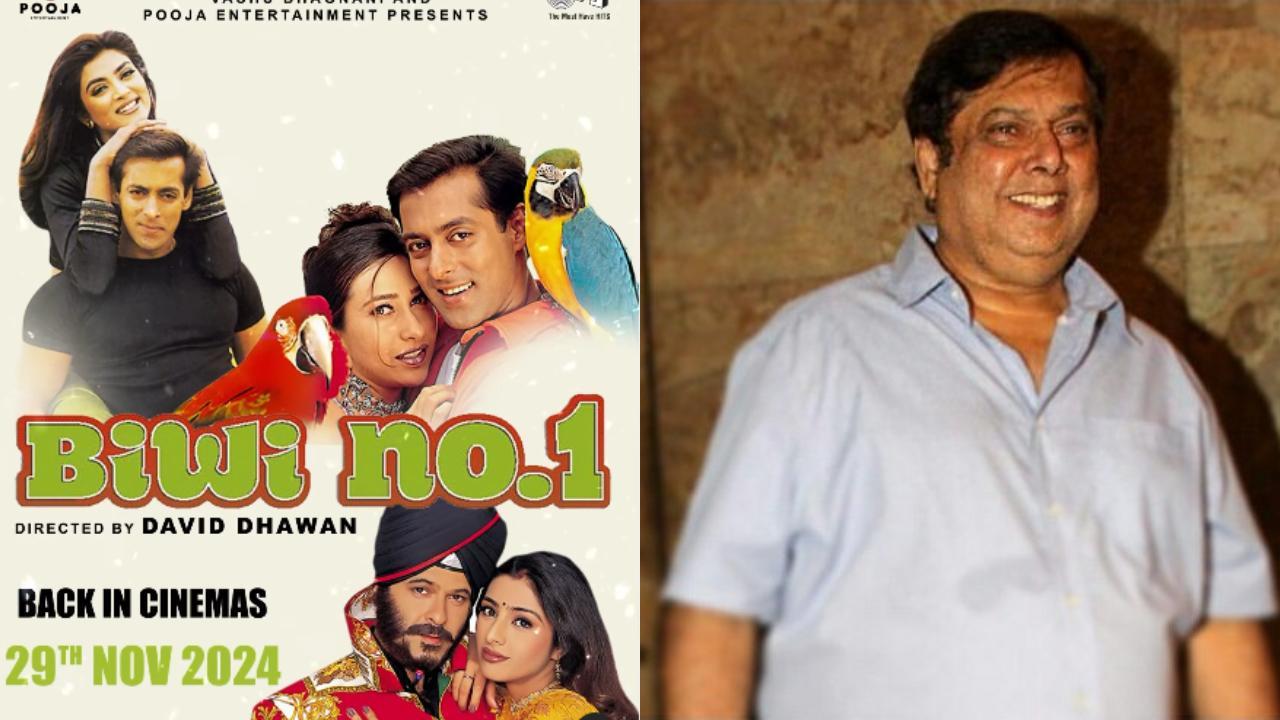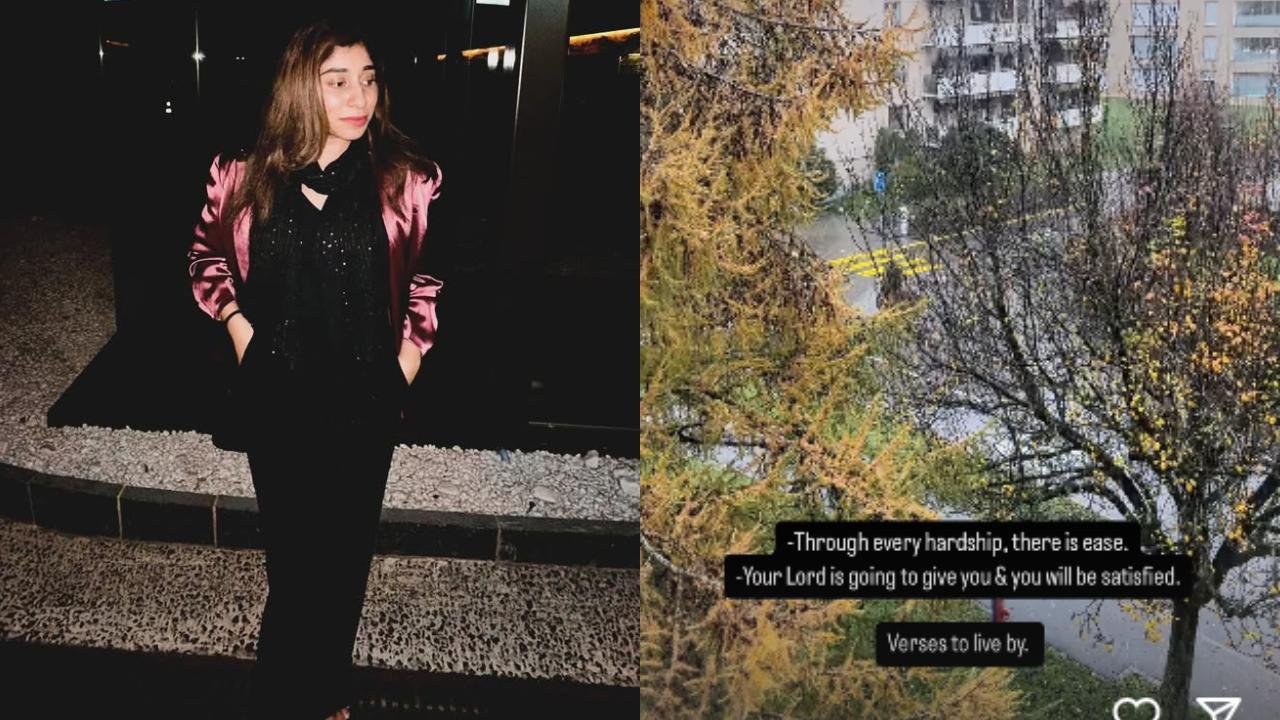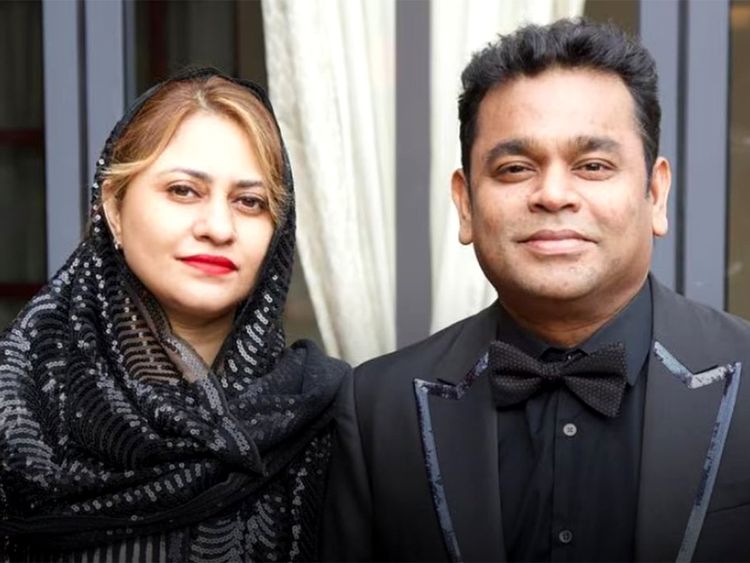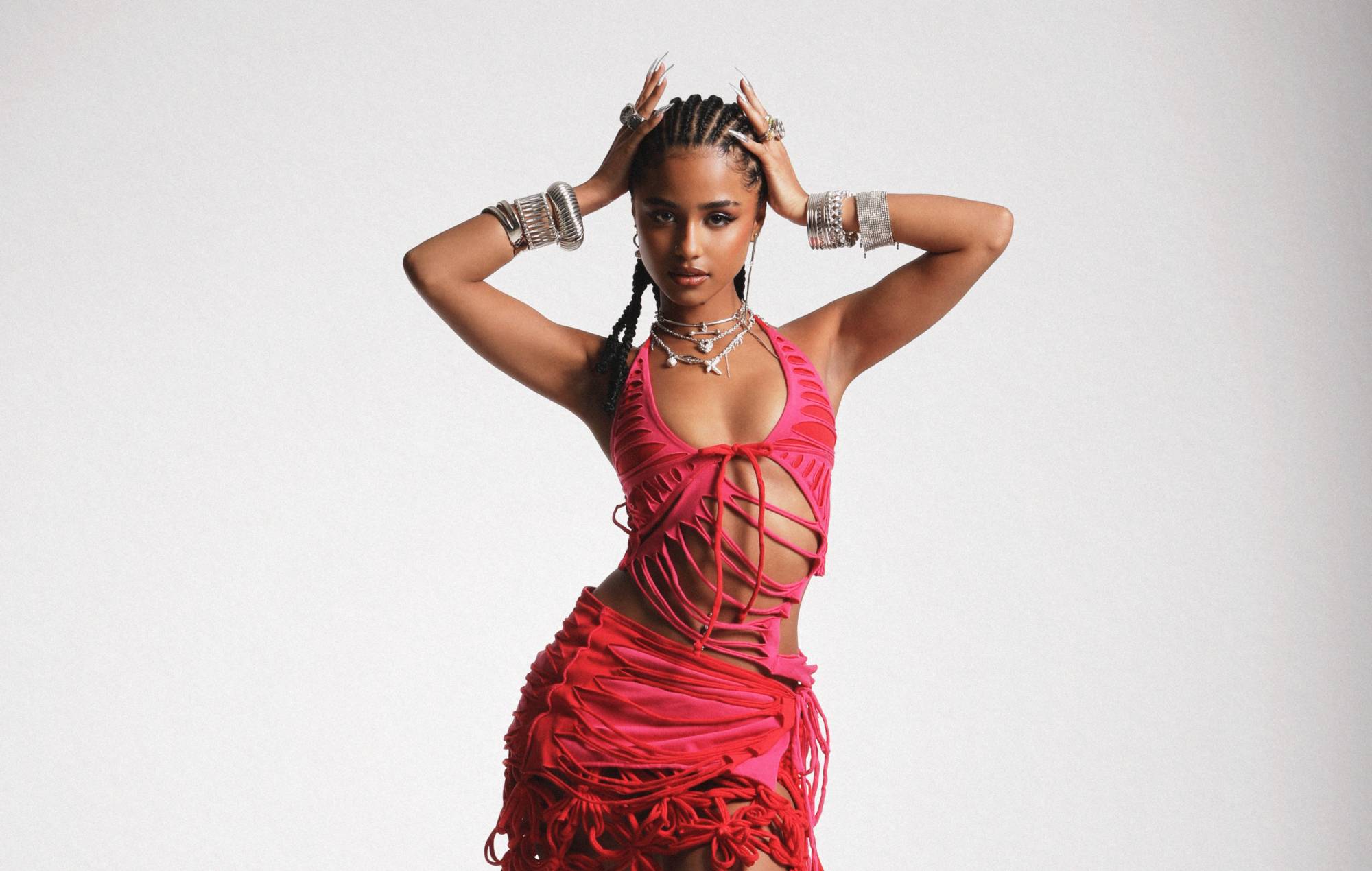
Korean dance virtuoso Kook Soo-ho, right, and modern dance choreographer Kim Jae-duk pose at Sejong Center for the Performing Arts in Seoul, Oct. 16. Courtesy of Sejong Center for the Performing Arts Traditional Korean dance meets modern dance in 'Four Seasons' By Park Jin-hai Kook Soo-ho, a legendary choreographer, renowned for a lifetime of dedication to traditional Korean dance, joins forces with a visionary young artist skilled in dance, music and song.
The 76-year-old revered master collaborated with Kim Jae-duk, 40, a rising star of contemporary dance, to present "Four Seasons." Following its premiere on Thursday, dancers of the Seoul Metropolitan Dance Theatre will present the groundbreaking production, featuring birth and extinction as seen in the nature of Korea's four seasons at the Sejong Center for the Performing Arts. The production runs until Sunday.
The Korean dance virtuoso Kook said he wanted to take on a fresh challenge, overcoming the difference in genres and generations. "As someone who has danced and created works for 60 years, I wanted to break the mold of Korean dance, which is often perceived as stagnant, through my collaboration with a choreographer 36 years younger than me," Kook said during an interview with The Korea Times at Sejong Center for the Performing Arts in Seoul, Thursday. "Because it's Korean dance, if you start thinking about what you should and shouldn't do, it becomes frustrating.
There's no need for that. In this era, I'm trying to preserve my own dance style, but at the same time, it's impossible to avoid incorporating contemporary dance. So I think we should create new works by accepting and adapting contemporary dance.
Isn't that what development is all about?" he said, explaining why he joined this project. "After all, even though Kim performs contemporary dance, there is Korean dance within him. It's just the form that differs.
I was able to discuss this with him, and he understood and accepted it, allowing his own dance to evolve. It was a true collaboration," he added. Departing from the traditional double bill format, the choreographers collaborated on all aspects of the production, including script, direction and music.
Kim crafted the spring and summer segments, exploring themes of birth and ascension against gravity, while Kook took on autumn and winter, depicting the richness of autumn, the arrival of migrating geese and humanity's struggle against the harshness of winter and the subsequent emergence of the sun. Dancers perform "Four Seasons," a collaboration work between Korean dance virtuoso Kook Soo-ho and modern dance choreographer Kim Jae-duk, during a rehearsal at Sejong Center for the Performing Arts in Seoul, Thursday. Yonhap Set against a minimalist stage and adorned with simply designed costumes that highlight body movement, the piece unfolds as a seamless celebration of the body.
Kook, one of the first professional male dancers in modern Korea and a member of the National Dance Company of Korea since 1973, said the beauty of Korean dance lies in the transitions. "By pausing with a Korean body and taking a Korean breath, we create a moment of stillness that allows us to move into a new dimension," he said. On the stage, long pieces of white cloth — frequent elements in Korean dances — visually amplify the dancer's movements by lagging behind.
But, he emphasized that it also served as an emotional extension, allowing emotions, which might otherwise be contained within the dancer's fingertips, to expand and resonate more deeply. "As you can see in Korea's iconic dances, 'Seungmu' (Korean dance performed by Buddhist monks) and 'Salpuri' (Korean shamanic dance), the former uses the white cloth, twice the length of the dancer's arm, effectively tripling the distance that emotions can travel from the heart. Similarly, the cloth used in Salpuri is more than twice the length of the arm, extending the emotional connection," he said, adding that this expansion of emotional expression is why these dances are considered representative of Korean culture.
"The white cloth allows the dancer's thoughts and feelings to transcend their physical form, reaching out to touch others and evoke deep emotions. It's as if the cloth becomes an extension of the dancer's soul, connecting them to a larger universe." Young modern dance choreographer Kim said the allure of Korean dance lies in its subtle and understated nature.
"It's not about overt displays of technique or flamboyant movements. Instead, the beauty lies in the internal energy that radiates outward. When you watch skilled Korean dancers, it seems like they're barely moving, yet their movements are incredibly powerful.
This paradoxical quality — giving without seeming to give, receiving without being overt — is what sets Korean dance apart," Kim said. For the collaboration work, all dancers had the unique opportunity to train under both Kook and Kim by splitting the day into two sessions for the two-week intensive workshop, which allowed them to experience the dance styles of the two choreographers. Kim, who has been leading the Modern Table dance company for nearly two decades and is also the resident choreographer of Singapore's T.
H.E Dance Company since 2010, said, that although he knew a collaboration with another artist can be very challenging, working with Korean dance master Kook gave him an opportunity to push himself as an artist. "I've always believed that I had my unique style within contemporary dance.
So, I thought by collaborating with someone like Kook, who has such a strong artistic identity, I would to some extent contribute to the growth of Korean traditional dance. This experience has shown me how rewarding it is to push myself as an artist. I've realized that I've been in a bit of a creative rut, and I'm eager to explore new challenges and directions," Kim said.
.














